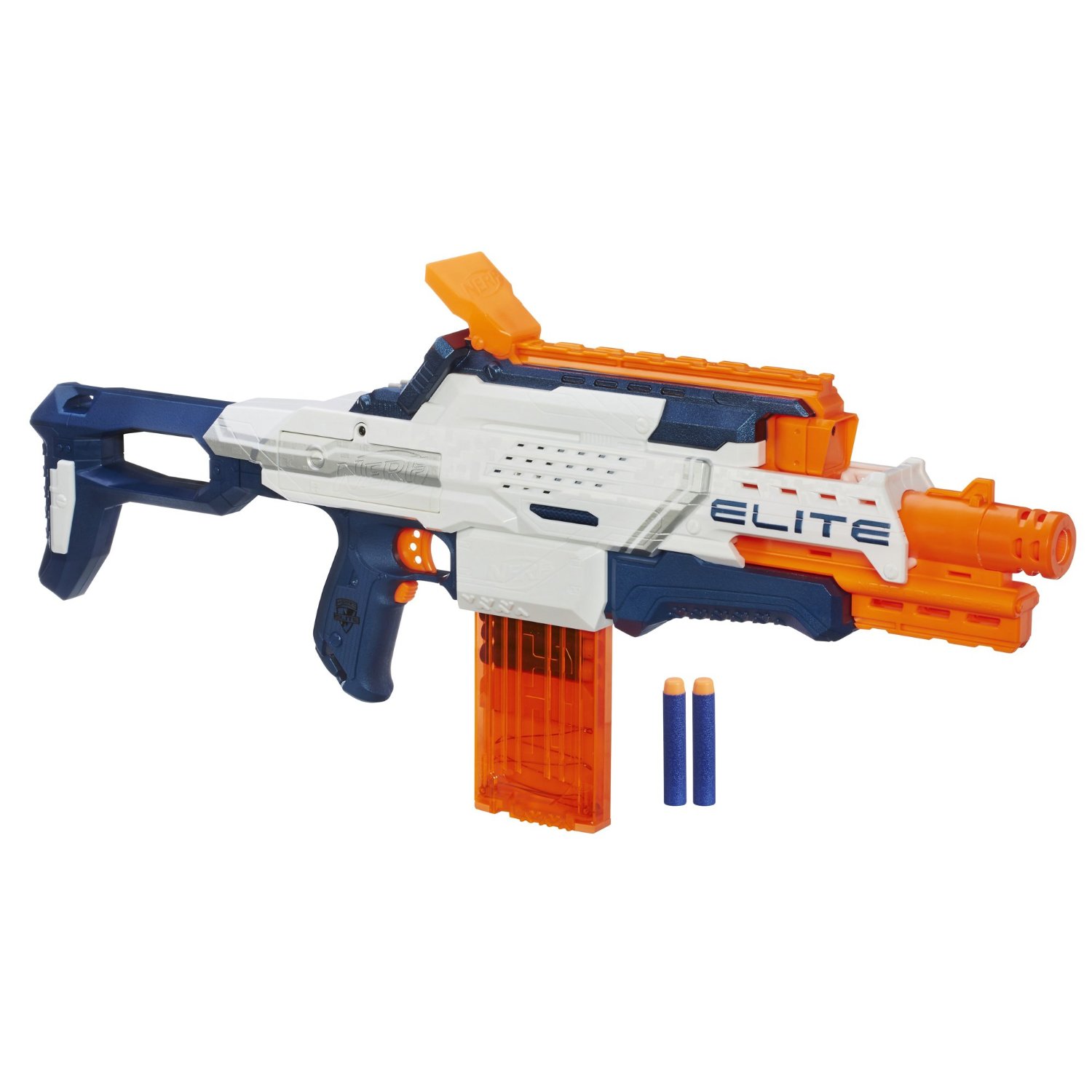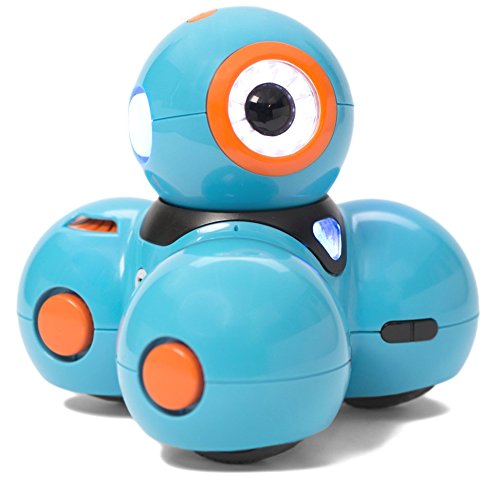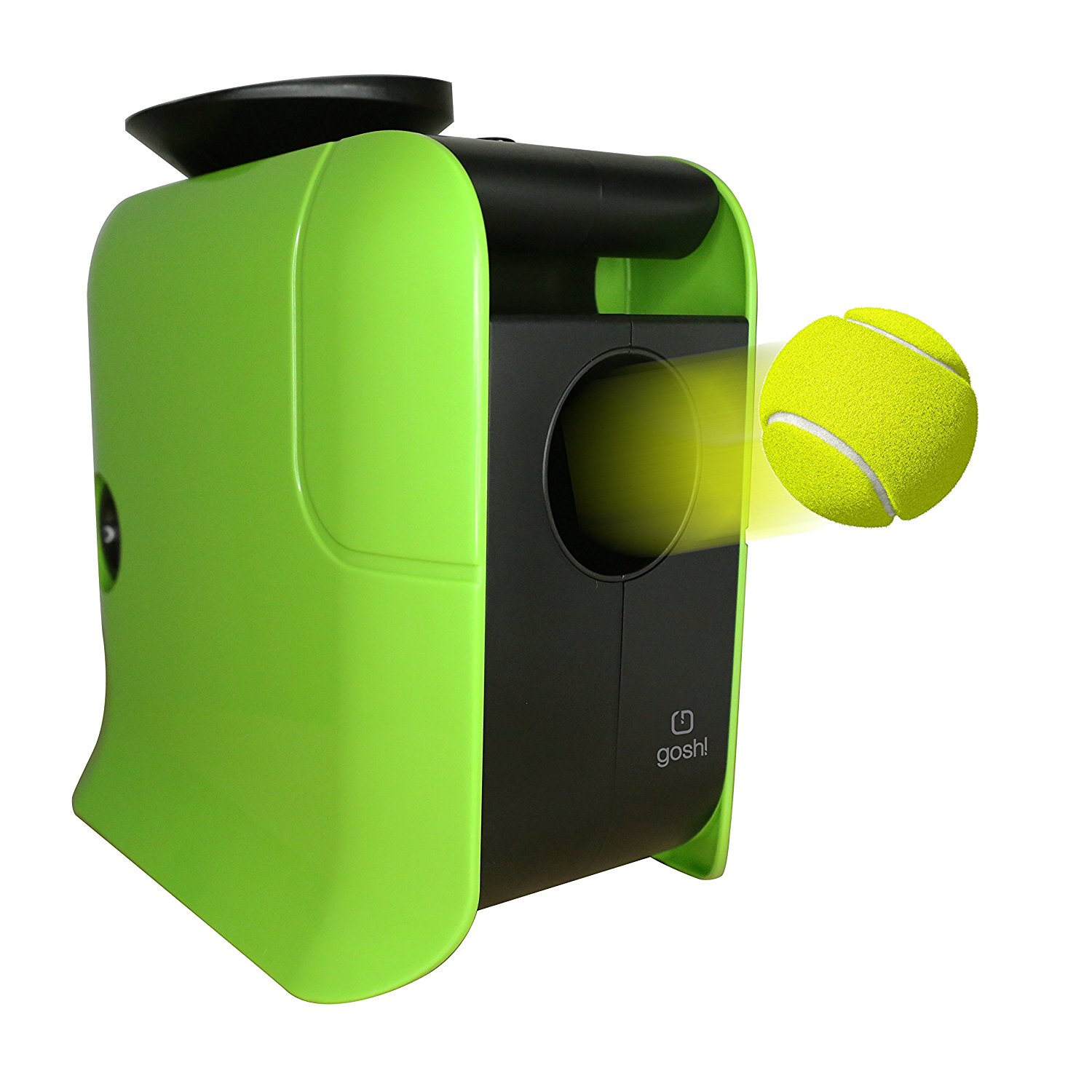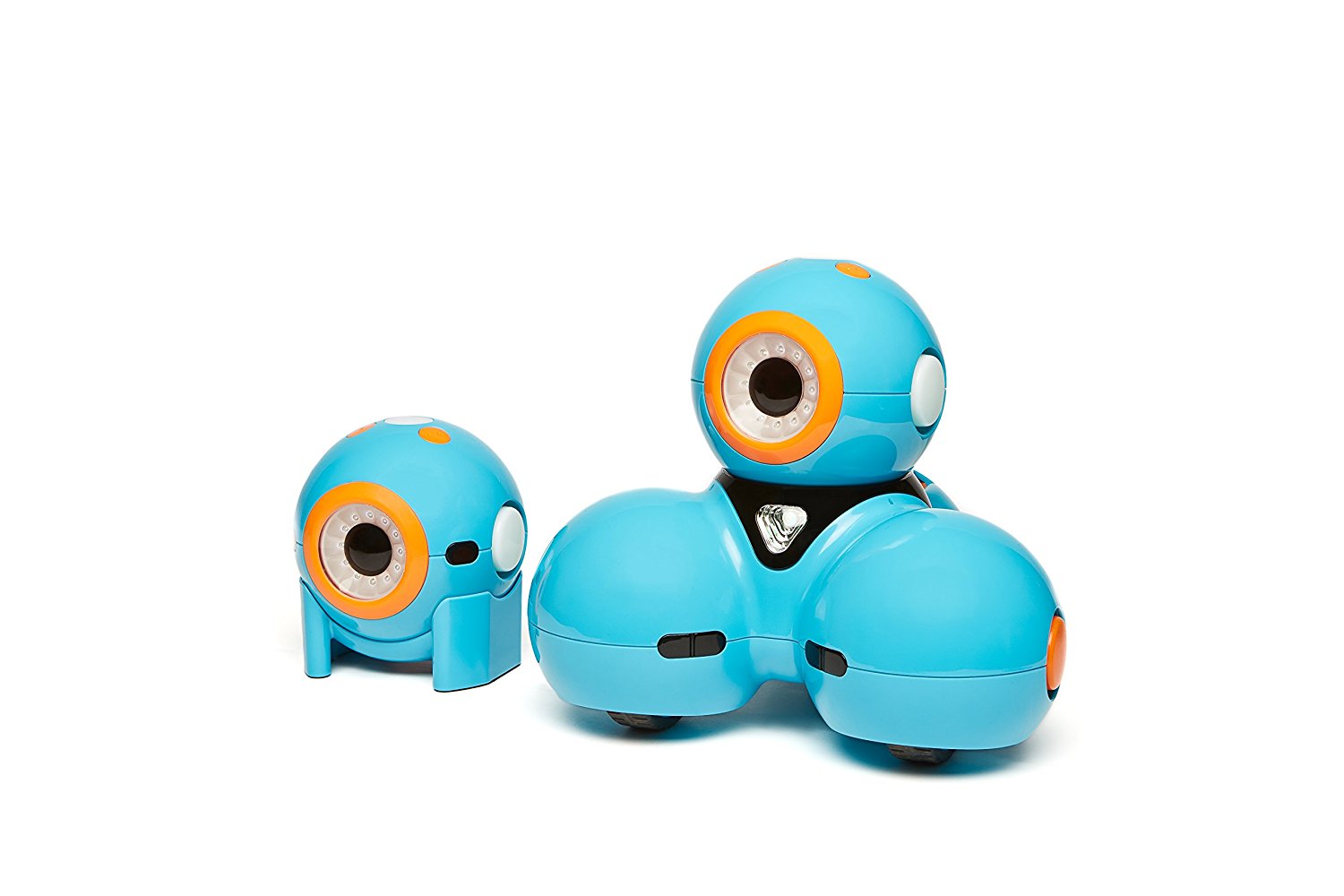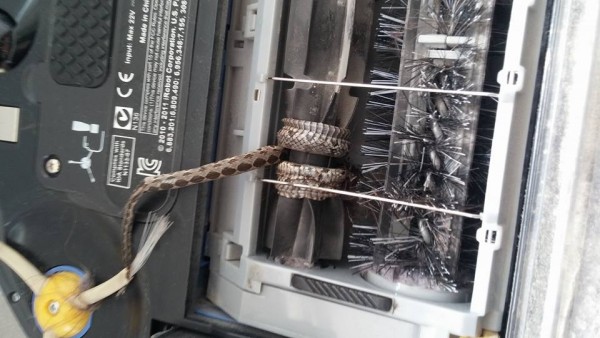Using robots for rescue missions is probably one of the best decisions ever made by man, since these little helpers aren’t only immune in some environments, but they can also easily squeeze into spaces where men don’t have access.
The latest creation of Toshiba’s robotics subsidiary is a four-legged robot that has a more than suggestive name. The Fukushima Robot Explorer will be used for analyzing the radioactive remains of the Fukushima No. 1 nuclear reactor. One of the most surprising features of this robot is its ability to release a smaller robot that could fit in narrower spaces.
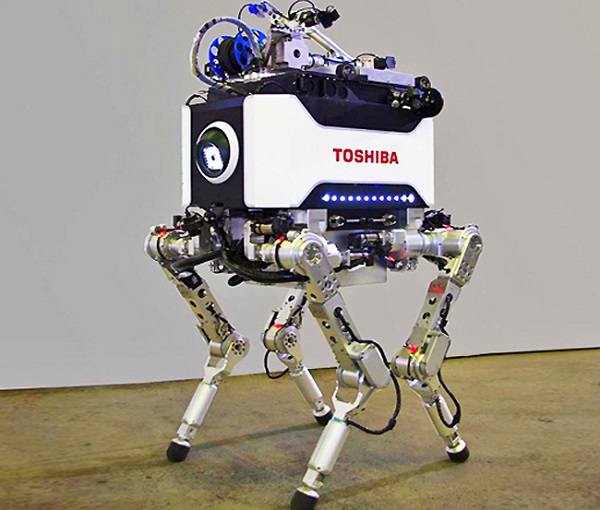
The 1-meter tall robot can be controlled wirelessly by an operator, so humans do not have to enter the radioactive environment at all. It comes with cameras and sensors that will inform the operators of the parameters of the surrounding environment. The Fukushima Robot Explorer has a maximum speed of 0.6 miles/hour. As such a terrain should not be explored in a hurry, I do not see why would anyone want this robot to be faster.
As the developers of this robot stated: “The new robot integrates a camera and dosimeter and can investigate the condition of nuclear power plants by remote-controlled operation. The multiple joints of its legs are controlled by a dedicated movement algorithm that enables the robot to walk on uneven surfaces, avoid obstacles and climb stairs, securing access into areas that is challenging to be reached by wheeled robots or crawlers. The robot also has a folding arm that can release a companion smaller robot that mounts a second camera. This can be launched from the main robot and positioned to take images of narrow places and any equipment behind them, and tubes and other places that are too small for the robot to enter. It is connected to the main robot by a cable.”
The speed of the smaller robot is even lower, as it cannot go faster than 0.12 miles an hour. In addition, its battery ensures an autonomy of only 60 minutes. In case larger areas need to be covered, this robot’s battery will need to be charged several times a day.
Additional information, as well as the complete specifications of the Fukushima Robot Explorer can be found on Toshiba‘s website. It would be nice to see more robotics companies getting involved in the development of rescue robots, instead of robots that can be equipped with weapons and the like.
If you liked this post, please check this RC robot enforcer and the TALON robot rescuer.

